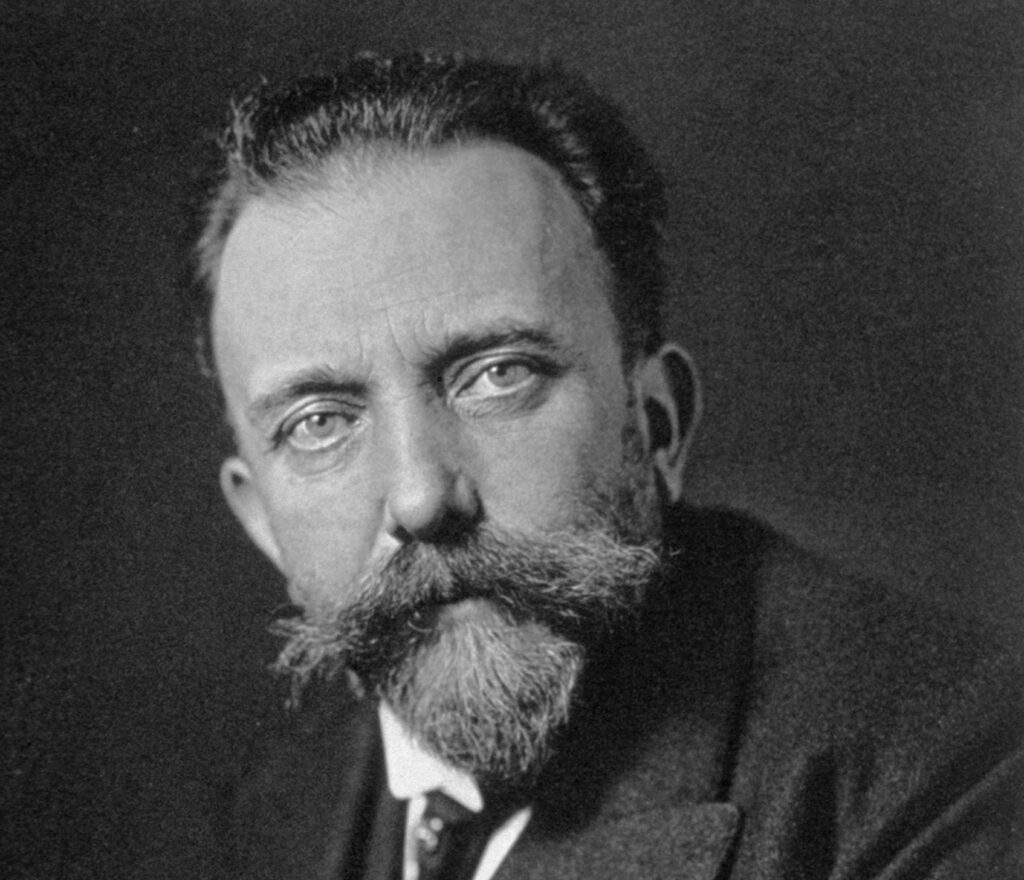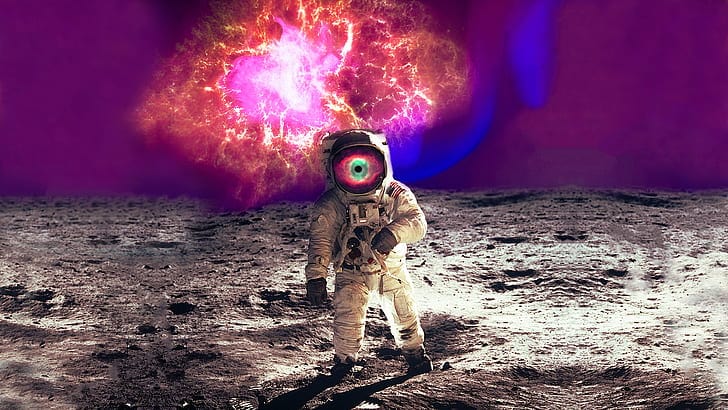And it means a bit more than just someone who can handle a big dose of shrooms… in fact, some self proclaimed psychonauts do it totally sober! So what is a psychonaut then? How do you ‘qualify’ to be one? (good news: it’s certainly easier than becoming an astronaut…)

What Does ‘Psychonaut’ Mean?
So, psychonaut is an amalgamation of two Ancient Greek words. ‘Psyche’ meaning mind, spirit or soul and ‘naut’ which relates to sailing or navigation (like ‘nautical’ of course!) Thus, psychonaut means ‘sailor of the soul’, or ‘navigator of the spirit’, or some other such poetic interpretation. Lovely, huh?
Who Said It First?
The term was first coined in 1970 by German writer Ernst Jünger who used it to describe Arthur Heffter — a pharmacologist who was experimenting on himself with psychedelic substances over 50 years before Albert Hoffman would synthesise LSD. He was also the first to isolate mescaline from the peyote cactus. This description featured in Jünger’s essay ‘Approaches: Drugs and Ecstatic Intoxication’ in which he chronicled his own psychedelic adventures. A big proponent of exploration of the mind, he stated:

“As long as we have not yet opened the door to the last chamber, we will not reign as masters of the house.”
Throughout the essay Jünger makes comparisons with the exploration of the mind facilitated by hallucinogens and actual physical exploration. He even describes ‘reefs’ one may get caught on during psychedelic explorations — i.e. a ‘challenging trip’. As we know, there can sometimes be choppy waters when tripping, but part of becoming a psychonaut is to learn to navigate your way through any eventualities.
Different From Recreational Use
Self proclaimed psychonauts often differentiate themselves from ‘recreational’ users of psychedelics. The differentiation can be made by the intentions of the user. The intention of the recreational user is usually that of fun-seeking and socialising, or perhaps just feeling what it’s like to be reeeally high.
The intention of the psychonaut is usually self-exploration and/or spirituality. Often they will plan the trip, preordain what they want to investigate, record their experience and perhaps perform some sort of ritual. However, this does not mean that psychonauts don’t sometimes take some shrooms just to have a giggle; neither does it mean that a recreational user won’t have a mind-bending, life-changing experience when they were just expecting funny colours and shapes.
The Substances of Psychonautics
The psychedelic substances that are usually associated with psychonautic exploration range from natural psychedelics like magic mushrooms and truffles, peyote, ibogaine and DMT (in ayahuasca) to synthetic hallucinogens such as LSD, MDMA, and sometimes even ketamine. Psychonauts may refer to their substance of choice as an ‘entheogen’ which means ‘generating the divine within.’

Not Just Drugs
Another important thing to note about the psychonaut is that you don’t have to take psychedelic drugs at all to be one! As Jünger outlined in 1970:
“States of excitation or meditation, like those of intoxication, can also flourish without the use of toxic substances. This possibility indicates that one can, by way of drugs, awaken forces that are greater than those of a specific intoxication. Ecstatic intoxication is a key that opens doors to kingdoms that are inaccessible to normal perception, but it is not the only such key.”
Yes, like enlightenment and ‘ego death’ there are other ways to get to a higher state without the turbo-boost of psychedelics. Here are some ways in which you can be a psychonaut without taking anything more than a nap:
- Dreaming: yes, you don’t have to be Freud to know that dreams explore our innermost thoughts. However, psychonauts can go that bit further by mastering lucid dreaming techniques, so that they can gain control and free will during their subconscious adventures.
- Meditation
- Sensory deprivation: the removal of outside stimuli to help explore the inside. This can range from a simple blindfold to a sensory deprivation tank!
- Sleep deprivation: (don’t really recommend this one!)
- Yoga
- Breathing techniques: the most famous being Holotropic Breathwork developed by Stanislav and Christina Grof, and outlined in his book ‘The Way of the Psychonaut ‘.
The Psychonaut Community
The psychonaut community is a rich and inclusive one, big enough to count as a real subculture of sorts. However, due to the illegal nature of many of the substances used to explore psychonautics, it currently must exist as a rather ‘underground’ one. For modern day psychonaut communities the internet forum is king. It is possible to share, study, and document different psychedelic experiences amongst the group whilst remaining anonymous. Some of these forums have initiation requirements — you must be a practising psychonaut rather than a passive observer. In this way a powerful feeling of shared experience is created — a group adventure. Additionally, many of these forums promote the safe usage of hallucinogens, share advice, sources and useful anecdotes.
As the use of psychedelics becomes more and more normalised via decriminalization and medical kudos, we are sure to see the psychonaut community continue to grow. This can only be a good thing, as there is no end to the possibilities of the mind, soul and spirit.
Bon voyage psychonaut!
To kickstart your next soul navigation, check out our range of magic truffles and magic mushroom grow kits!





